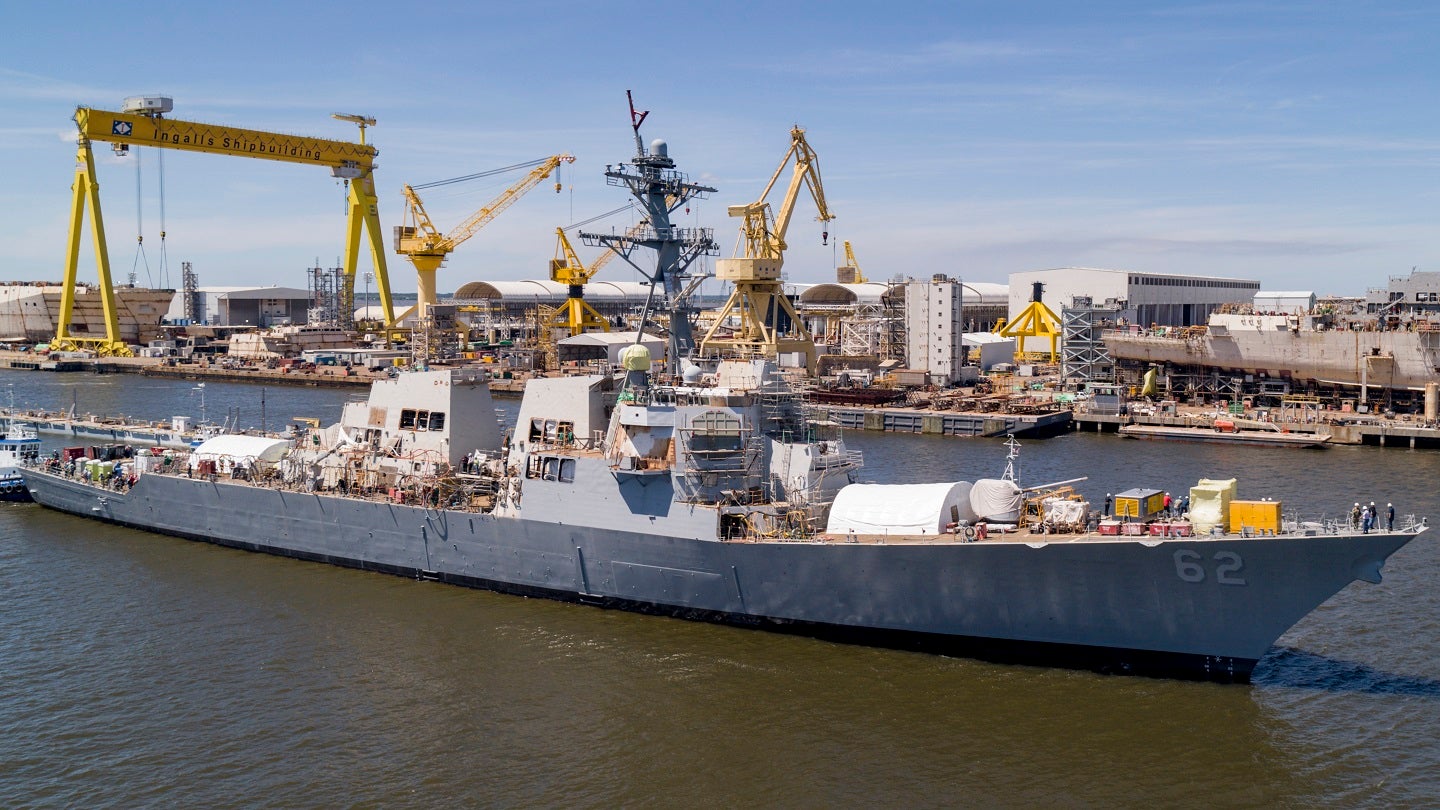
US naval sector prime HII has revealed record Q3 revenue of $2.8bn, up 7.2% compared to Q3 2022, with new contract awards of $5.4bn resulting in a contract value backlog of approximately $49bn.
Publishing its Q3 report on 2 November, HII revealed net earnings of $148m or $3.70 diluted earnings per share, and a Q3 free cash flow of $293m. Revenue growth was attributed to the company’s Mission Technologies and Ingalls Shipbuilding segments.
Segment operating income in Q3 2023 was $187m with operating margin of 6.6%, compared to $166m and 6.3%, respectively, in the third quarter of 2022. HII stated that increases were primarily driven by “higher volumes, favourable changes in contract estimates, and improved performance” which was partially offset by “contract incentives on the Columbia-class (SSBN 826) submarine programme” in the prior year period.
Net earnings in Q3 were $148m, compared to $138m in the third quarter of 2022. Diluted earnings per share in the quarter was $3.70, compared to $3.44 in the third quarter of 2022.
On 1 August 2023, the US Department of Defense (DoD) awarded a series to contract to produce new DDG-51 Arleigh Burke-class guided-missile destroyers, with HII contracted for the supply of six vessels – one in 2023, one in 2024, two in 2025, one in 2026, and another in 2027.
Defence sector sentiment dips
However, across the defence sector as a whole, the global aerospace, defence and security industry experienced a 1% drop in company filings sentiment in Q3 2023 compared with the previous quarter, according to GlobalData’s analysis of over 152 aerospace, defence & security company filings.
Notably, in Q3 2023 the average sentiment dropped from 0.68 to 0.67, indicating a more negative outlook for the industry. This followed an 11% quarter-on-quarter increase in Q2 2023.
Our signals coverage is powered by GlobalData’s Thematic Engine, which tags millions of data items across six alternative datasets — patents, jobs, deals, company filings, social media mentions and news — to themes, sectors and companies. These signals enhance our predictive capabilities, helping us to identify the most disruptive threats across each of the sectors we cover and the companies best placed to succeed.




